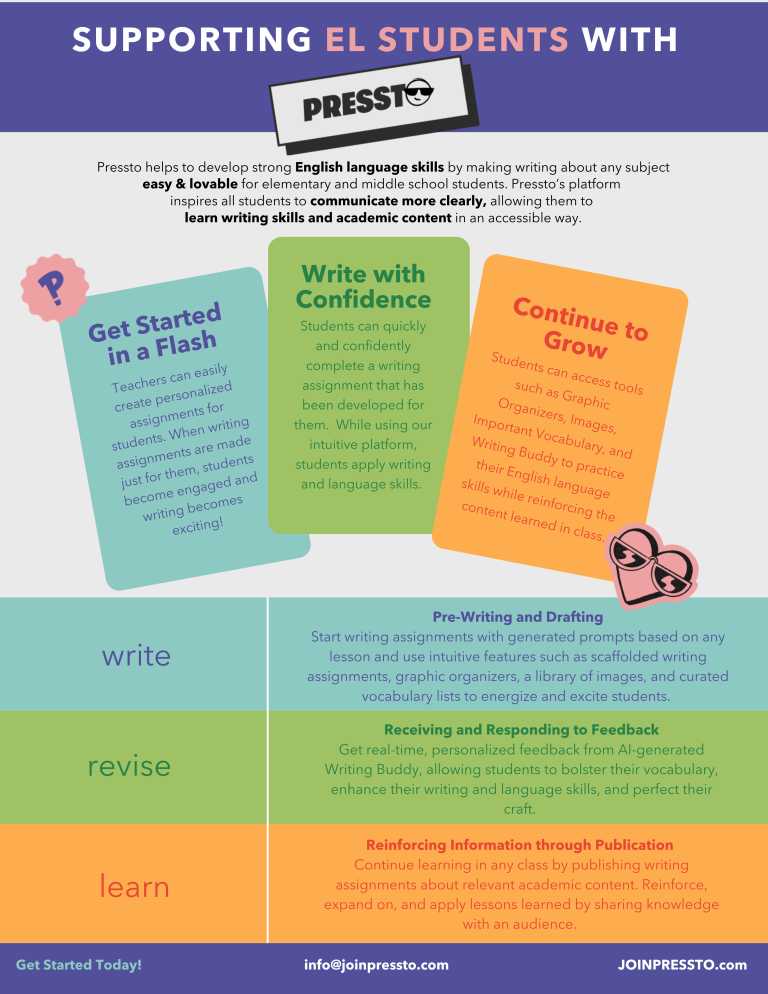How to Embrace Cultural Differences While Teaching Writing
Culture can have a significant impact on writing styles. Writing is a form of communication, and cultural background can shape how we express ourselves and the kind of language we use to communicate.
Different cultures may have different preferences for writing styles, such as formal or informal language, and this can influence how a writer communicates their ideas. For example, in some cultures, using flowery language and metaphors is highly valued in writing, while in other cultures, direct and simple language may be preferred.
Culture can also influence the types of stories and topics that writers choose to explore. For instance, writers from a particular cultural background may be more likely to focus on themes that are relevant to that culture or explore issues that are specific to their cultural experiences.
Furthermore, cultural norms and values can impact the tone and voice of writing. For example, a culture that values politeness and respect may result in more polite and courteous language being used in writing.
The impact of culture on writing styles is multifaceted, and understanding cultural differences can help writers better connect with their audiences and effectively convey their message.
Embracing cultural differences is an important aspect of teaching writing. By acknowledging and valuing the diverse cultural backgrounds of students, teachers can create an inclusive and supportive learning environment that promotes creativity and engagement. Here are some strategies to consider:
- Encourage students to share their cultural experiences: Teachers can create opportunities for students to share their cultural experiences and perspectives through writing assignments or classroom discussions. This can help students understand and appreciate each other’s backgrounds and perspectives.
- Incorporate diverse writing styles and genres: Teachers can introduce students to a variety of writing styles and genres from different cultural backgrounds. For instance, teachers can incorporate traditional storytelling, poetry, or other writing styles from different cultures.
- Be sensitive to cultural nuances: Teachers should be sensitive to cultural nuances when evaluating writing assignments. For example, a student from a culture that values indirect communication may write in a way that seems vague or unclear to someone from a culture that values direct communication. Teachers can provide feedback that takes into account cultural differences and guides students on how to effectively communicate their ideas in a way that is culturally appropriate.
- Use diverse writing prompts: Teachers can use writing prompts that are relevant to different cultural backgrounds to encourage students to explore and express their own cultural experiences. For instance, a prompt asking students to write about a time when they felt a sense of community can elicit diverse stories and perspectives.
- Foster a respectful and inclusive classroom environment: Teachers can create a classroom environment that is respectful and inclusive of diverse cultural backgrounds. This includes promoting open communication, mutual respect, and celebrating diversity.
In summary, embracing cultural differences in teaching writing involves acknowledging and valuing the diverse cultural backgrounds of students and creating a supportive and inclusive learning environment that promotes creativity and engagement.
How to embrace cultural differences when teaching writin







